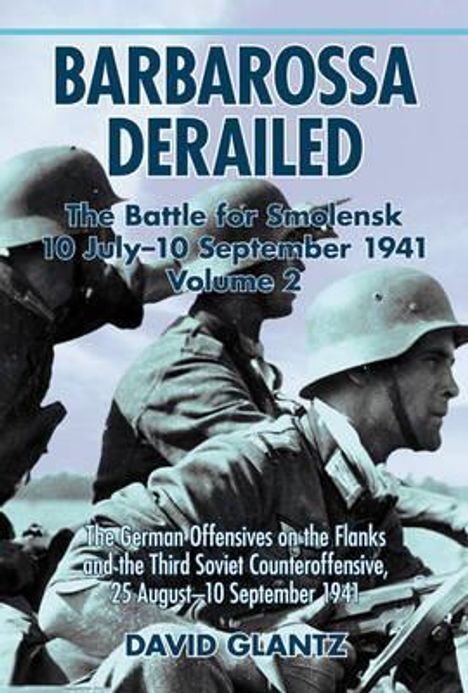Klappentext
At dawn on 10 July 1941, massed tanks and motorised infantry of German Army Group Centre's Second and Third Panzer Groups crossed the Dnepr and Western Dvina Rivers, beginning what Adolf Hitler and most German officers and soldiers believed would be a triumphal march on Moscow. Between 22 June and 10 July, the Wehrmacht advanced up to 500km into Soviet territory, killed or captured up to one million Red Army soldiers, and reached the western banks of the Western Dvina and Dnepr Rivers. In doing so, they satisfied the premier assumption of Plan Barbarossa that the Third Reich would emerge victorious if it could defeat and destroy the bulk of the Red Army before it withdrew to safety behind those two rivers. With the Red Army now believed shattered, Hitler and most Germans expected total victory in a matter of weeks. The ensuing battles in the Smolensk region frustrated German hopes for quick victory. This groundbreaking new study exploits a wealth of Soviet and German archival materials, including the combat orders and operational practises of the German OKW, OKH, army groups, and armies of the Soviet Stavka, the Red Army General Staff, the Western Main Direction Command, the Western, Central, Reserve, and Briansk Fronts, and their subordinate armies to present a detailed mosaic and definitive account of what took place, why and how during the prolonged and complex battles in the Smolensk region from 10 July - 10 September 1941. Within the context of Guderian's southward march toward the Kiev region, volume 2 in this series describes in unprecedented detail the Red Army's attempts to thwart German offensive plans by defeating Army Group Centre with a general counteroffensive by three Red Army fronts. This volume restores to the pages of history two major military operations which, for political and military reasons, Soviet historians concealed from view, largely because both offensives failed. Based on the analysis of the vast mass of documentary materials exploited by this study, David Glantz presents a number of important new findings. Quite simply, this series breaks new ground in World War II Eastern Front and Soviet military studies.




